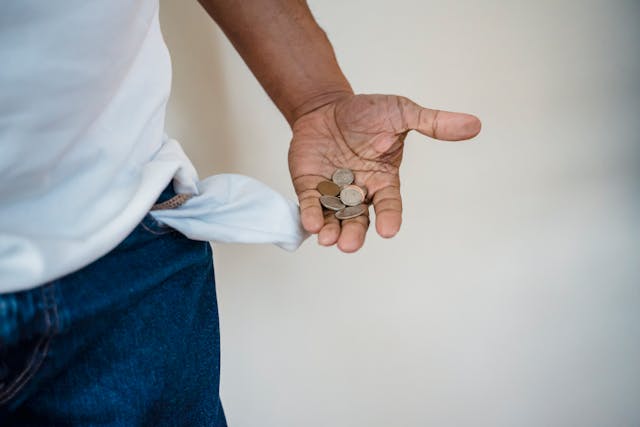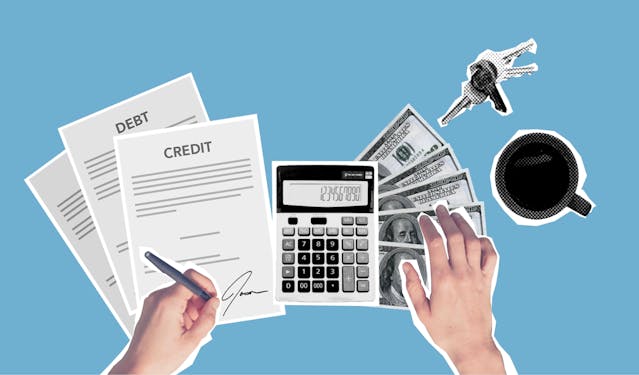Bankruptcy is a word that often carries a negative connotation, but it can be a helpful tool for individuals and businesses facing financial hardship. It is a legal process that allows individuals or businesses to eliminate or restructure their debts. While it may not be the ideal solution, it can provide relief and a fresh start for those struggling with overwhelming debt.
In this article, we will explore the basics of bankruptcy, including the different types, the process, and what to expect. We will also discuss alternatives to bankruptcy and how to rebuild your credit after filing.
Understanding Bankruptcy
Bankruptcy is a legal process that allows individuals or businesses to eliminate or restructure their debts. It is governed by federal law and is handled in federal bankruptcy courts. The goal of bankruptcy is to provide relief to those who are unable to pay their debts and give them a fresh start.
Types of Bankruptcy
There are several types of bankruptcy, but the most common for individuals are Chapter 7 and Chapter 13.
Chapter 7
Chapter 7 bankruptcy, also known as liquidation bankruptcy, is the most common type of bankruptcy for individuals. It involves selling off non-exempt assets to pay off creditors and discharge most remaining debts. This type of bankruptcy is typically used by those with little to no income and a large amount of unsecured debt, such as credit card debt or medical bills.
Chapter 13
Chapter 13 bankruptcy, also known as reorganization bankruptcy, involves creating a repayment plan to pay off creditors over a period of three to five years. This type of bankruptcy is typically used by those with a steady income and a desire to keep their assets, such as a home or car.

The Bankruptcy Process
The bankruptcy process can be complex and overwhelming, but it is important to understand the steps involved.
Step 1: Credit Counseling
Before filing for bankruptcy, individuals are required to complete a credit counseling course from an approved agency. This course will help you determine if bankruptcy is the best option for your situation and provide alternatives if necessary.
Step 2: Filing for Bankruptcy
The next step is to file for bankruptcy with the federal bankruptcy court in your area. This involves filling out a petition and other necessary forms, including a list of your assets, debts, and income.
Step 3: Automatic Stay
Once your bankruptcy petition is filed, an automatic stay goes into effect. This means that creditors are prohibited from taking any further action to collect on your debts, including lawsuits, wage garnishments, and phone calls.
Step 4: Meeting of Creditors
Approximately 30 days after filing, you will attend a meeting of creditors, also known as a 341 meeting. This is a meeting with your bankruptcy trustee and any creditors who choose to attend. The trustee will ask you questions about your financial situation and assets, and creditors may ask questions as well.
Step 5: Discharge of Debts
If you file for Chapter 7 bankruptcy, your debts will be discharged approximately 60-90 days after the meeting of creditors. If you file for Chapter 13 bankruptcy, your debts will be discharged after you have completed your repayment plan.
Alternatives to Bankruptcy
Bankruptcy is not the only option for those facing financial hardship. There are several alternatives that may be more suitable for your situation.
Debt Consolidation
Debt consolidation involves combining multiple debts into one loan with a lower interest rate. This can make it easier to manage your debts and potentially save you money in the long run.
Debt Management
Debt management involves working with a credit counseling agency to create a repayment plan with your creditors. This can help you pay off your debts in a more manageable way and potentially reduce interest rates and fees.
Credit Counseling
Credit counseling can help you create a budget and develop a plan to pay off your debts. This can be a helpful option for those who are struggling to manage their finances but do not want to file for bankruptcy.
Rebuilding Your Credit After Bankruptcy
Filing for bankruptcy can have a significant impact on your credit score, but it is not the end of your financial journey. There are steps you can take to rebuild your credit after bankruptcy.
Create a Budget
The first step to rebuilding your credit is to create a budget and stick to it. This will help you manage your finances and avoid falling into debt again.
Get a Secured Credit Card
A secured credit card requires a security deposit and can help you rebuild your credit by making on-time payments and keeping your balance low.
Monitor Your Credit Report
It is important to regularly check your credit report for any errors or inaccuracies. You can request a free credit report from each of the three major credit bureaus once a year.
Consider Credit Repair Services
If you are struggling to rebuild your credit on your own, you may want to consider credit repair services. These companies can help you dispute any errors on your credit report and work to improve your credit score.
Conclusion
Bankruptcy is a complex and often stigmatized process, but it can provide relief and a fresh start for those facing financial hardship. It is important to understand the different types of bankruptcy, the process, and alternatives before making a decision. And remember, while bankruptcy may have a negative impact on your credit, it is not the end of your financial journey. With proper budgeting and credit management, you can rebuild your credit and achieve financial stability once again.





























